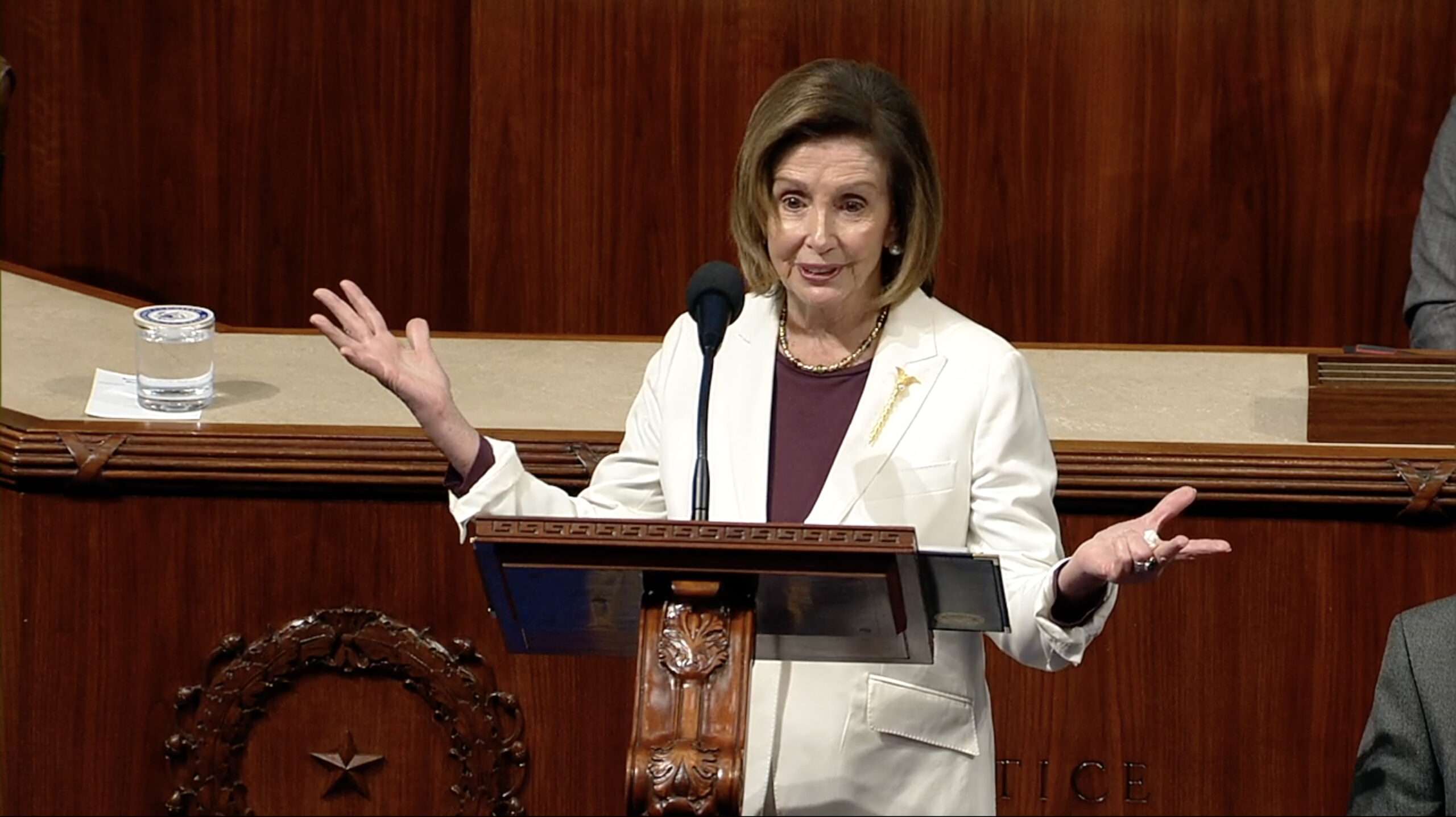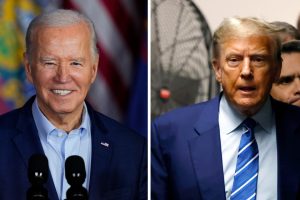
Anyone who pays even a modest bit of attention to politics is probably aware that America is ruled by a group of leaders who likely would have been forced into retirement long ago in a more normal profession.
Hillary Clinton and Donald Trump were the oldest pair of major party presidential nominees in American history—until four years later when now-President Joe Biden and Trump took over the title.
But Biden, who is 79 years old, and Trump, 76, look a bit like young whippersnappers compared to the old folks who have been running the House Democratic caucus for the past few decades. Speaker of the House Nancy Pelosi (D–Calif.) is 82, House Majority Leader Steny Hoyer (D–Md.) is 83, and Democratic Whip James Clyburn (D–S.C.), the third in command, is 82. All three have, thankfully, announced their intention not to seek reelection to the top leadership positions when the new session of Congress begins in January.
“The hour has come for a new generation to lead the Democratic caucus,” Pelosi said Thursday on the House floor as she announced her plans to step aside.
Republicans have fewer long-long-long-term members in the House, probably in part due to rules that limit the tenure of committee chairs—encouraging them to retire if they can’t move up into senior leadership roles—and in part due to a stronger anti-incumbency sentiment within conservative grassroots. But they’ve got plenty of longevity in the Senate, including the ancient Sen. Chuck Grassley (R–Iowa), who was just reelected to a new six-year term at age 89.
That so many of America’s prominent political leaders are so long in the tooth is, on one hand, compelling evidence that we’re living longer, healthier lives than ever before.
On the other, it also means that for the past several years, Congress has been unable to enact any substantial policy without the support of several people born during the Roosevelt administration. They’re so old that rolling your eyes and dismissing them as “boomers” is inaccurate.
Living in a gerontocracy is no laughing matter. The lawmakers aiming to write legislation that will impose massive new regulations on technology companies often don’t seem to know how their email works. It gets worse when they try to describe social media. But these decisions—and others made about climate change policy, for instance—will have huge ramifications for the future of the American economy.
It shouldn’t be surprising that politicians are out of touch, but the real issue here is that Congress is increasingly unrepresentative of the country it supposedly runs. The average American is now a full two decades younger than the average member of Congress—who, at age 59, is a full two decades younger than the president and outgoing speaker of the House.
The widening gulf between the average American and his elected officials creates bad incentives for policy making. “Much of our gerontocracy seems not to want to perpetuate proper goods but rather its own particular advantages and desires. (See, e.g., how existing entitlement programs steal from the young to give to the old, the former of whom have long, in my experience, ceased to expect any such munificence when we ourselves retire),” wrote Jack Butler for National Review in July.
Pelosi, Hoyer, and Clyburn are not, of course, single-handedly responsible for this trend. But they are illustrative examples of a generation that was allowed to hold on to power for far too long—and the system that let them do it.
As Kevin Munger, a political science professor at Penn State who wrote a book about generational conflict, told New York magazine last year, gerontocracy appears to be a uniquely American problem. “If you look at other countries, they’re not similarly controlled by older politicians. I think that the explanation here is the two-party system,” Munger told New York‘s Eve Peyser. “[A multiparty system gets] young people involved in politics, voting, organizing, running things, organizational politics, [which] means that they are able to start accumulating institutional power.”
In other words, America’s tightly protected two-party system limits the opportunities for new faces and new ideas to rise through the ranks.
In fairness to Pelosi, her 19 terms and counting (she will remain in Congress next session, even though she is not running for a leadership post) and multiple terms as speaker of the House also speak to her reputation as a shrewd and ruthless politician. She became the first woman to become speaker in 2007, managed to remain the party’s leader even after the Democrats got their “shellacking” in the 2010 midterms and after another round of losses in 2014, then became speaker for a second time in 2019. Through it all, she’s been one of the party’s most powerful fundraisers and has demonstrated a willingness to force moderate members to take tough votes, even when it would cost seats.
But she’s hung around for too long—and so have Hoyer, Clyburn, Grassley, California Democratic Sen. Dianne Feinstein (89 years old), and Senate Majority Leader Chuck Schumer (D–N.Y.), who has been in Congress for more than 40 years. Politics always lags behind culture, but the culture now moves faster than ever and the country is plainly not well-served by having so many elderly leaders.
Giving aging lawmakers the boot is ultimately the responsibility of the voters, of course. Term limits are an oft-proposed solution that has broad support in polls, is technically anti-democratic, but is potentially workable. A better idea would be a constitutional amendment setting a maximum age for lawmakers—which would be in keeping with the minimum ages for serving in the House (25), Senate (30), and presidency (35) already in place. Ensuring, for example, that no president is elected after age 65, no senator after age 70, and no member of the House after age 75 would be a perfectly legitimate limitation to impose.
Pelosi’s tenure as speaker of the House is over. But the gerontocracy is still going strong.




